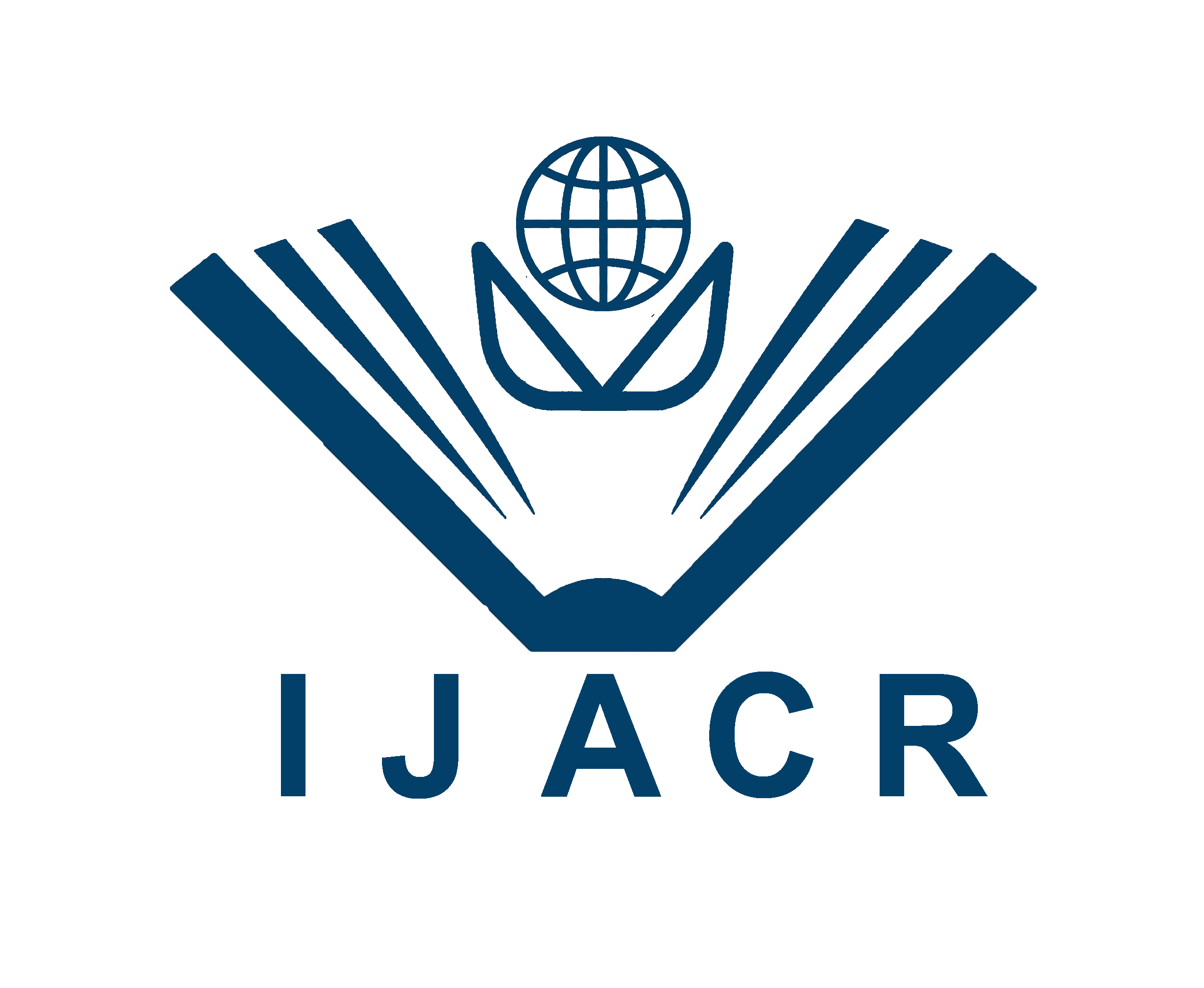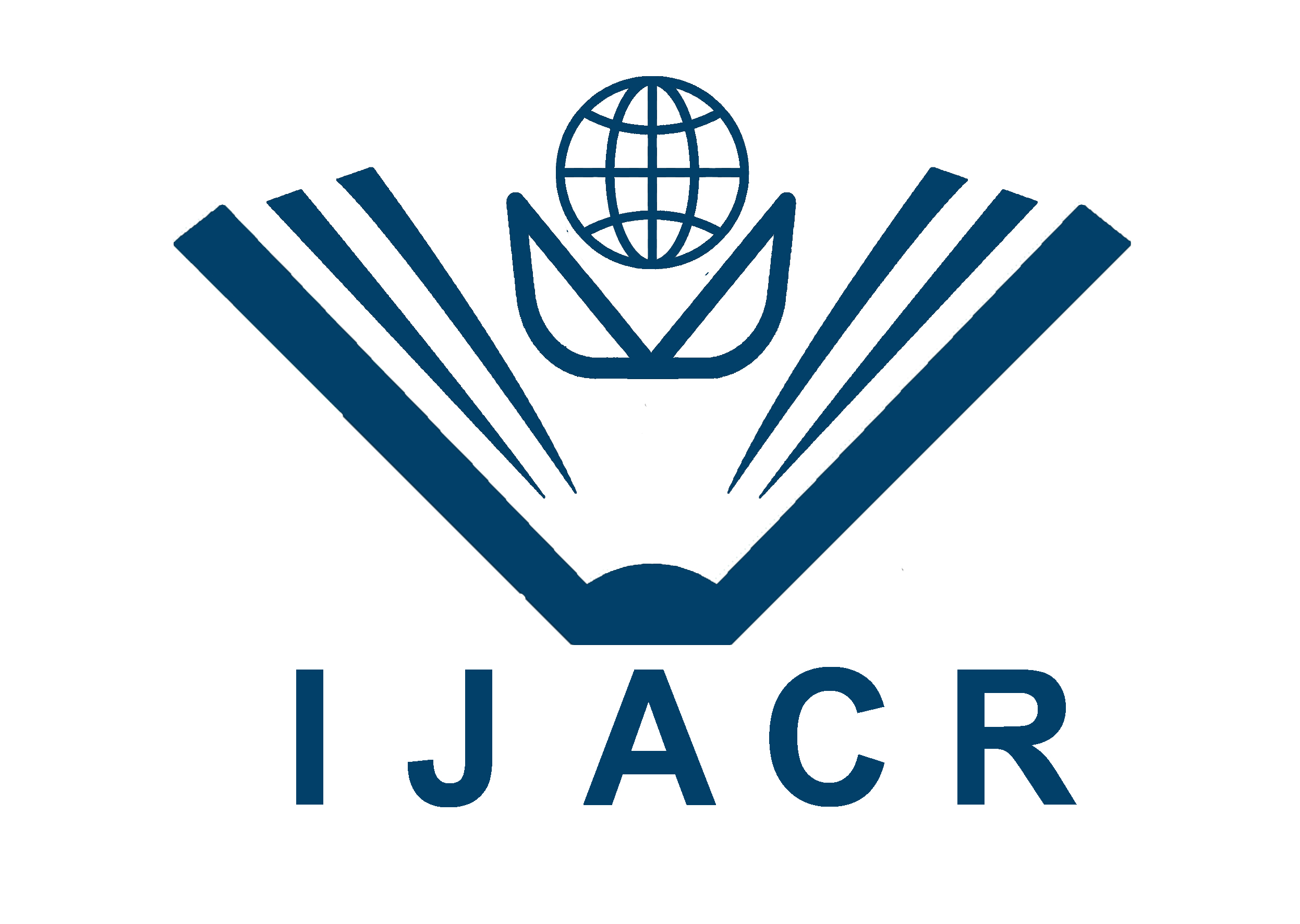International Journal for Asian Contemporary Research, 5(1): 13-17
Effect of Planting Methods and Phosphorus Levels on the Growth and Yield Performance of Mungbean (Vigna radiata L.)
Received: 30 April, 2025 || Accepted: 20 May, 2025 || Published: 26 May 2025
A B S T R A C T
A field experiment was conducted at the Agronomy Field Laboratory of Patuakhali Science and Technology University, Bangladesh, from January to March 2013 to evaluate the effects of planting methods and phosphorus application on the growth and yield performance of mungbean (BARI Mung-6). The study was laid out in a randomized complete block design with three replications, comprising two planting methods—line sowing (PM₁) and broadcasting (PM₂)—and four phosphorus levels (0, 20, 40 and 80 kg ha⁻¹). Each plot measured 3.3 m × 2.0 m with 1.0 m and 0.5 m spacing between blocks and plots, respectively. In the line sowing method, row and plant spacing were maintained at 30 cm and 20 cm, respectively. Data on various morphological, growth, and yield attributes were recorded.Planting methods significantly affected most growth and yield traits, except total dry matter at 40 and 55 days after sowing (DAS), as well as absolute growth rate (AGR) and relative growth rate (RGR) at 40–55 DAS. Line sowing produced superior results, recording 5.71 branches plant⁻¹, 0.68 leaf area index (LAI), 5.53 seeds pod⁻¹, 50.70 seeds plant⁻¹, 9.02 pods plant⁻¹, and 32.99 g thousand-seed weight. Corresponding kernel, stover, and total biomass yields were 1196.08, 1410.15 and 2621.23 kg ha⁻¹, respectively, with a harvest index of 46.43%. Phosphorus application at 40 kg ha⁻¹ significantly improved growth parameters, producing the tallest plants (51.5 cm), the highest number of branches plant⁻¹ (6.51), the greatest total dry matter at 55 DAS (10.84 g plant⁻¹), and higher AGR (0.27 g plant⁻¹ day⁻¹), RGR (0.12 g plant⁻¹ day⁻¹) at 40–55 DAS, and LAI (0.73). The same phosphorus dose also yielded the highest reproductive traits—6.57 seeds pod⁻¹, 66.07 seeds plant⁻¹, 10.05 pods plant⁻¹, and 34.33 g thousand-seed weight—and the greatest seed, stover, and total biomass yields of 1424.33, 1569.93, and 3006.59 kg ha⁻¹, respectively, with a harvest index of 47.81%. The results indicate that line sowing combined with phosphorus application at 40 kg ha⁻¹ is optimal for achieving higher growth and yield performance of mungbean under the agroecological conditions of Patuakhali, Bangladesh.
Key word(s): Mungbean (BARI Mung 6), planting methods, phosphorus and crop yield.
Copyright information: Copyright © 2025 Author(s) retain the copyright of this article. This work is licensed under a Creative Commons Attribution 4.0 International License
Article View: 546 times



